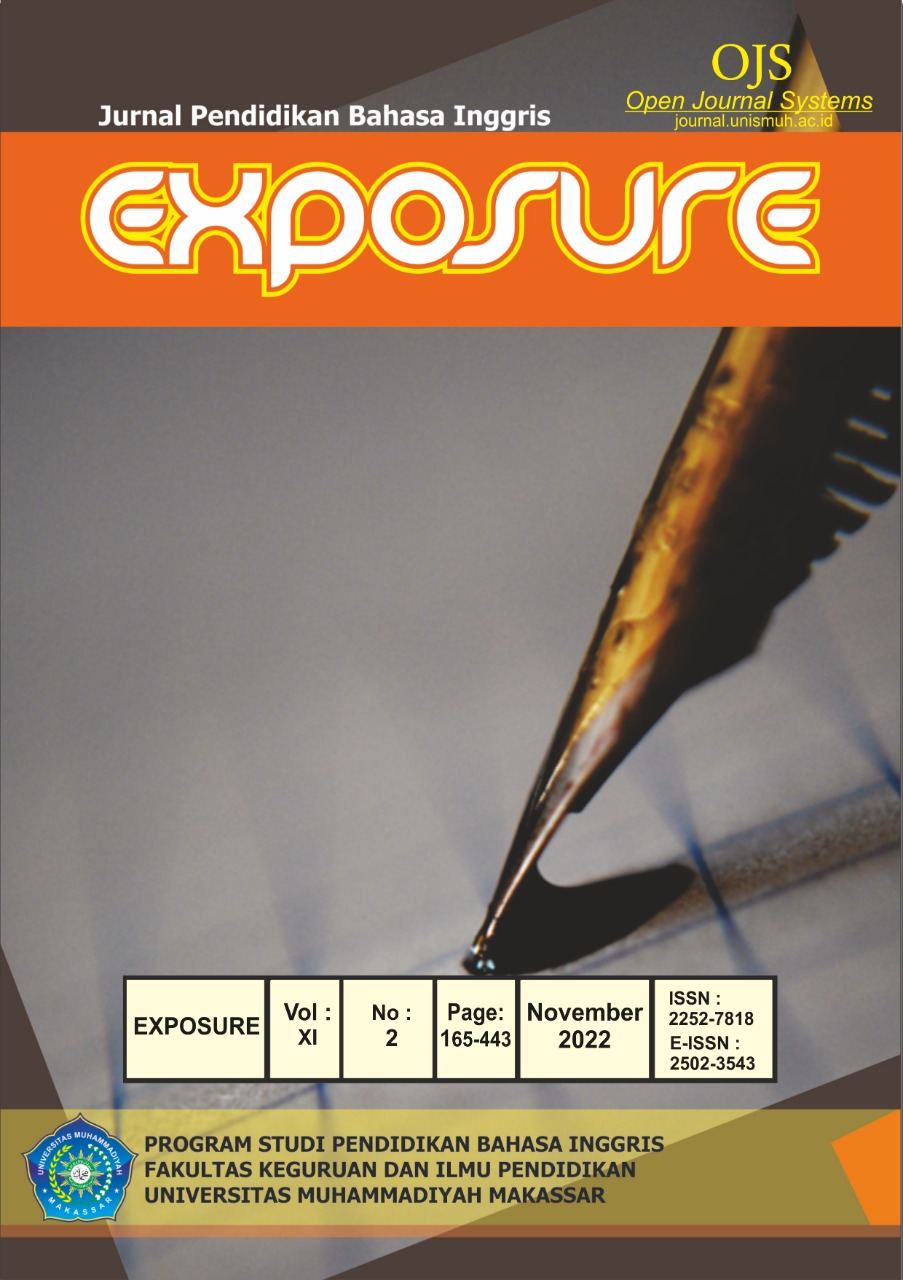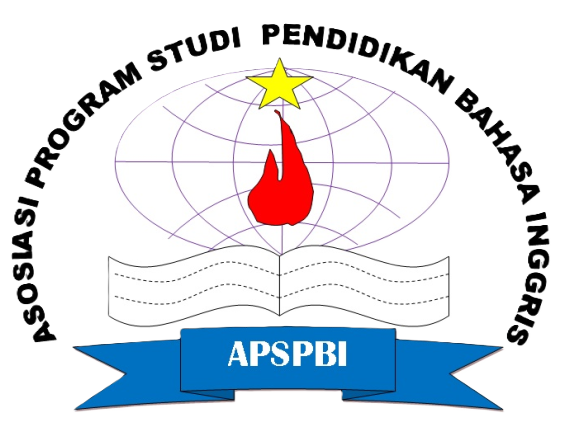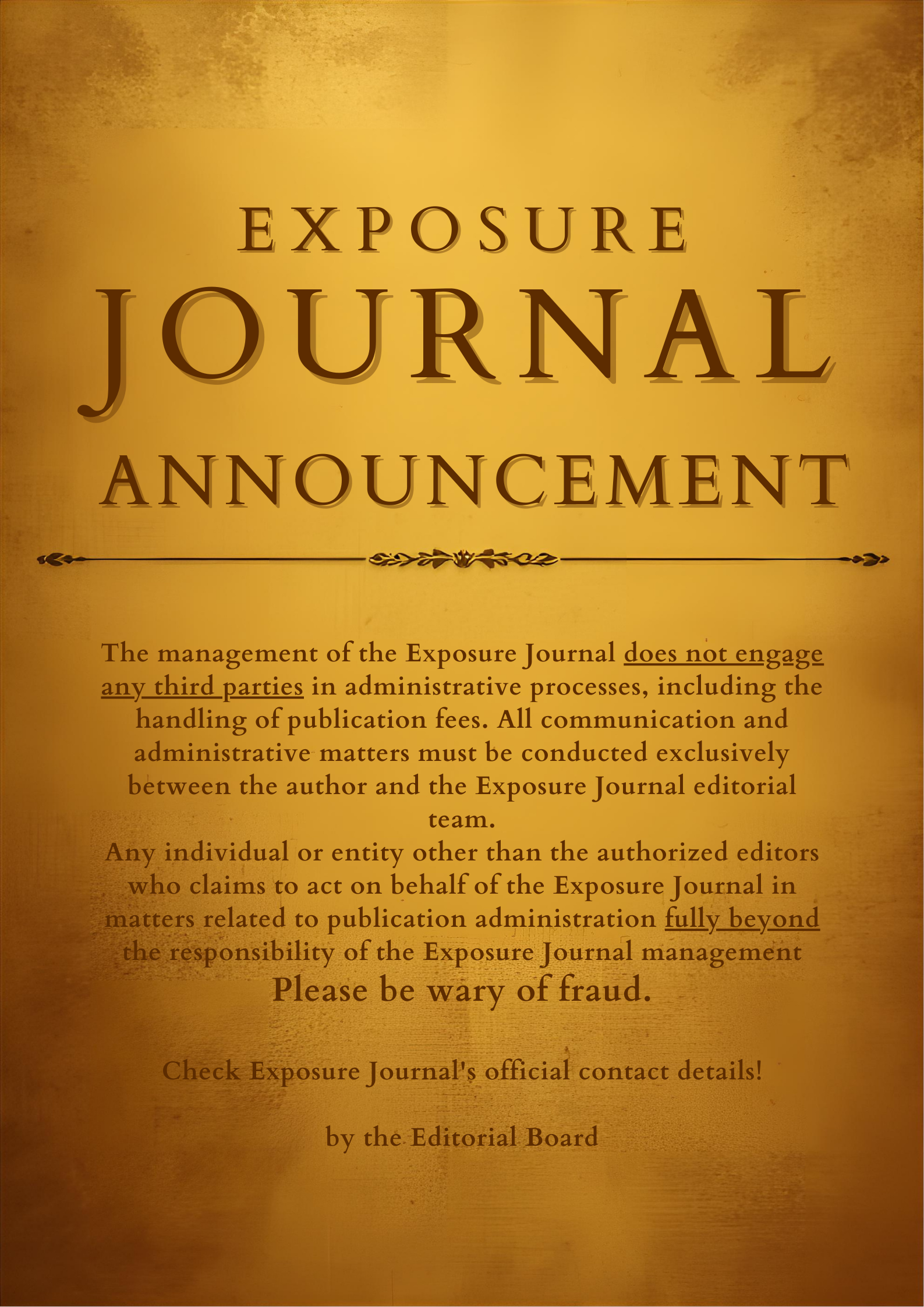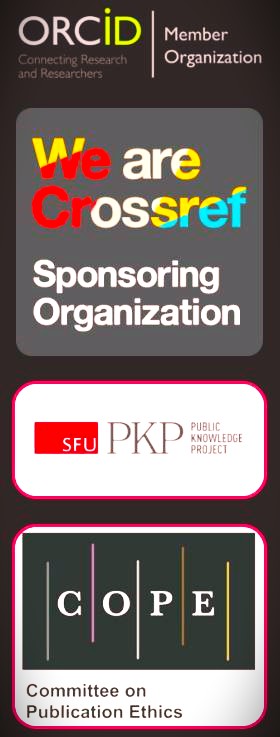THE EFFECTIVENESS OF USING KAHOOT! TO TEACH NARRATIVE TEXT: A REFLECTIVE ANALYSIS IN INDONESIA
DOI: https://doi.org/10.26618/exposure.v11i2.9243
gamification, high school, teacher’s reflection, students’ reflection
Abstract
Being taught reading is vital to fulfilling students' needs for academic success. To reach that requirement, teachers should teach reading comprehension in an entertaining way through technology. Kahoot! is one of the online applications used for teaching English with positive responses from students. This research project was done in one public high school in Banjarmasin, Indonesia. One hundred five students divided into six classes participated as study subjects. The research used a mixed-method approach, first analyzing quantitative data from a survey and qualitative data to give better insight into teacher and students' perceptions of their narratives. A framework for a lesson has been presented in this study, where it can be modified and implemented in lessons. The said framework used Kahoot! in teaching narrative text and was favored by the teacher. Both from the reflection of the teacher and students, Kahoot! gave students an enjoyable way to learn the narrative text, as well as giving more chances for them to decrease their anxiety and increase their motivation to learn English. Although the teacher found many obstacles to implementing Kahoot! in his teaching practice, at the end of the day, he considered his students active and excited to learn narrative text and plans to use Kahoot! for his future classes. The implication of this study was to encourage teachers to reflect on their students' feelings and level of engagement. Future studies can focus on the use of Kahoot! for another type of text or even for other skills.References
Adhitama, M. J., Nadia, H., & Rafidiyah, D. (2020). Implementation of Kahoot ! to full lesson for X grade high school students. Eduinfo Media, 2(1), 1–5.
Brookfield, S. (1995). The getting of wisdom: What critically reflective teaching is and why it’s important.
Chang, B. (2019). Reflection in learning. Online Learning Journal, 23(1), 95–110. https://doi.org/10.24059/olj.v23i1.1447
Cirocki, A., & Widodo, H. P. (2019). Reflective practice in English language teaching in Indonesia: Shared practices from two teacher educators. Iranian Journal of Language Teaching Research, 7(3), 15–35.
Dawadi, S., Shrestha, S., & Giri, R. A. (2021). Mixed-methods research: A discussion on its types, challenges, and criticisms. Journal of Practical Studies in Education, 2(2), 25–36. https://doi.org/10.46809/jpse.v2i2.20
Dreyer, C., & Nel, C. (2003). Teaching reading strategies and reading comprehension within a technology-enhanced learning environment. System, 31, 349–365. https://doi.org/10.1016/S0346-251X(03)00047-2
Dymock, S. (2007). Comprehension strategy instruction: Teaching narrative text structure awareness. The Reading Teacher, 61(2), 161–167. https://doi.org/10.1598/rt.61.2.6
Elo, S., & Kyngäs, H. (2008). The qualitative content analysis process. Journal of Advanced Nursing, 62(1), 107–115. https://doi.org/10.1111/j.1365-2648.2007.04569.x
Heni, V., Sudarsono, S., & Regina, R. (2019). Using Kahoot to increase students’ engagement and active learning : A game based technology to senior high school student. Proceedings International Conference on Teaching and Education (ICoTE), 2, 129–134.
Kaur, P., & Naderajan, R. (2019). Kahoot! in the English language classroom. South East Asia Journal of Contemporary Business, Economics and Law, 20(6), 49–54. Diambil dari https://www.researchgate.net/publication/338035766_KAHOOT_IN_THE_ENGLISH_LANGUAGE_CLASSROOM
Kurnia, M., Rahmawati, M., & Fitriyana, W. (2020). Playing E-quizzes with KAHOOT!: students’ behavioral engagement on reading comprehension through KAHOOT! 1(October), 28–39.
Loeb, S., Dynarski, S., McFarland, D., Morris, P., Reardon, S., & Reber, S. (2017). Descriptive analysis in education: A guide for researchers. U.S. Department of Education, Institute of Education Sciences. National Center for Education Evaluation and Regional Assistance, (March), 1–40. Diambil dari https://eric.ed.gov/?id=ED573325
Mansur, M., & Fadhilawati, D. (2019). Applying Kahoot to improve the senior high school students’ vocabulary achievement. Voices of English Language Education Society, 3(2), 164–173. https://doi.org/10.29408/veles.v3i2.1591.g933
Marsa, S. S., Kuspiyah, H. R., & Agustina, E. (2021). The effect of Kahoot! game to teaching reading comprehension achievement. Journal of English teaching, 7(2), 133–149. Diambil dari https://doi.org/10.33541/jet.v7i2.2738
Mesa, M. L. O. (2018). Reflective teaching: An approach to enrich the English teaching professional practice. HOW, 25(2), 149–170. https://doi.org/10.19183/how.25.2.386
Nadia, H., Rafidiyah, D., Hermina, C., & Adhitama, M. J. (2022). Kahoot ! and anxiety in high school : An interview study. International Social Sciences and Humanities; UM Jember Proceeding Series (2023); LATTE: Blended Edition 2022, 2(1), 50–56.
Salido, A., & Dasari, D. (2019). The analysis of students’ reflective thinking ability viewed by students’ mathematical ability at senior high school. Journal of Physics: Conference Series, 1157(2). https://doi.org/10.1088/1742-6596/1157/2/022121
Setiawan, M. F. (2020). The effectiveness of using Kahoot! as a media in teaching reading in narrative text. RETAIN, 8(3), 115–121. https://doi.org/10.30736/e-link.v5i1.44
Shu, X. (2017). Learning how to teach English in elementary school: The role of reflective teaching in training elementary school teachers. Open Access Library Journal, 04, 1–9. https://doi.org/10.4236/oalib.1103496
Tosriadi, T., Asib, A., & Marmanto, S. (2018). Reflecting to learn: The aspects of reflection as reflected by English teachers in their reflective practice. Exposure : Jurnal Pendidikan Bahasa Inggris, 7(2), 205–213. https://doi.org/10.26618/exposure.v7i2.1423
Wang, A. I., & Tahir, R. (2020). The effect of using Kahoot! for learning – A literature review. Computers and Education, 149, 103818. https://doi.org/10.1016/j.compedu.2020.103818
Zikri, M. A. (2022). The influence of using Kahoot application on students’ vocabulary mastery at the eight grade students of SMP Muhammadiyah 1 Pekanbaru.
Downloads
Published
How to Cite
Issue
Section
License
Authors who publish with this journal agree to the following terms:
In order to assure the highest standards for published articles, a peer review policy is applied. In pursue of the compliance with academic standards, all parties involved in the publishing process (the authors, the editors and the editorial board and the reviewers) agree to meet the responsibilities stated below in accordance to the Journal publication ethics and malpractice statement.
Duties of Authors:
- The author(s) warrant that the submitted article is an original work, which has not been previously published, and that they have obtained an agreement from any co-author(s) prior to the manuscript’s submission;
- The author(s) should not submit articles describing essentially the same research to more than one journal;
- The authors(s) make certain that the manuscript meets the terms of the Manuscript Submission Guideline regarding appropriate academic citation and that no copyright infringement occurs;
- The authors(s) should inform the editors about any conflict of interests and report any errors they subsequently, discover in their manuscript.
Duties of Editors and the Editorial Board:
- The editors, together with the editorial board, are responsible for deciding upon the publication or rejection of the submitted manuscripts based only on their originality, significance, and relevance to the domains of the journal;
- The editors evaluate the manuscripts compliance with academic criteria, the domains of the journal and the guidelines;
- The editors must at all times respect the confidentiality of any information pertaining to the submitted manuscripts;
- The editors assign the review of each manuscript to two reviewers chosen according to their domains of expertise. The editors must take into account any conflict of interest reported by the authors and the reviewers.
- The editors must ensure that the comments and recommendations of the reviewers are sent to the author(s) in due time and that the manuscripts are returned to the editors, who take the final decision to publish them or not.
Authors are permitted and encouraged to post online a pre-publication manuscript (but not the Publisher’s final formatted PDF version of the Work) in institutional repositories or on their Websites prior to and during the submission process, as it can lead to productive exchanges, as well as earlier and greater citation of published work (see The Effect of Open Access). Any such posting made before acceptance and publication of the Work shall be updated upon publication to include a reference to the Publisher-assigned DOI (Digital Object Identifier) and a link to the online abstract for the final published Work in the Journal.














